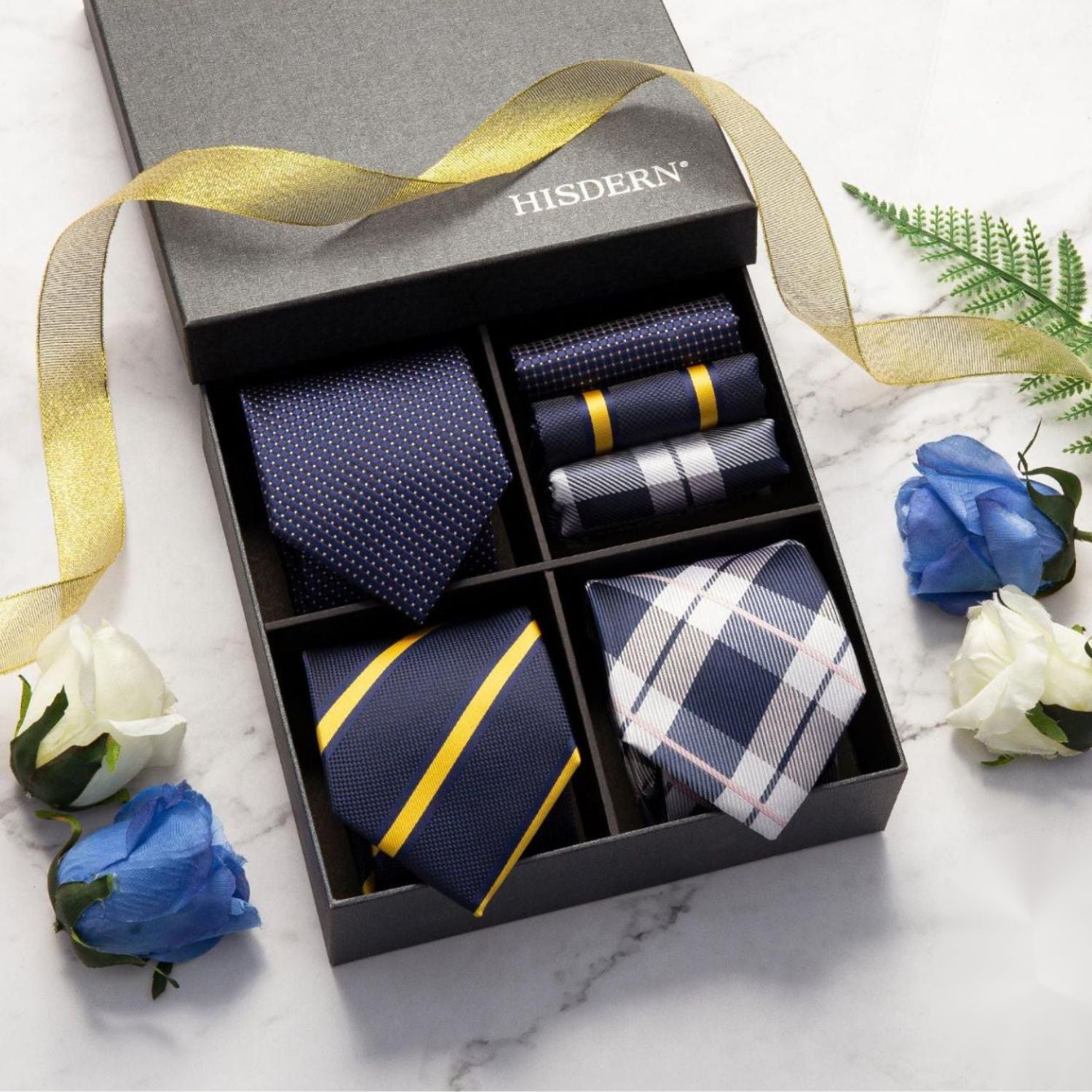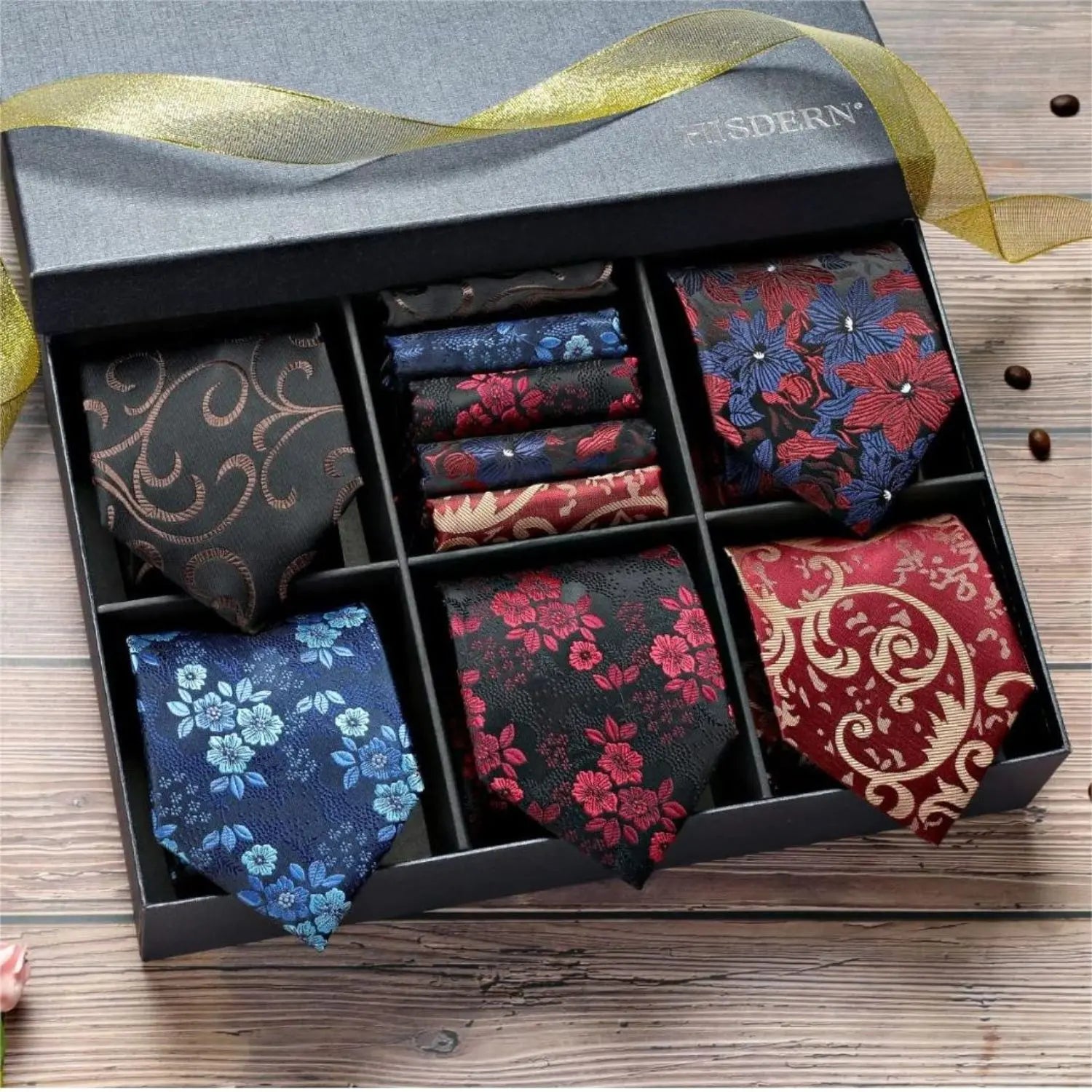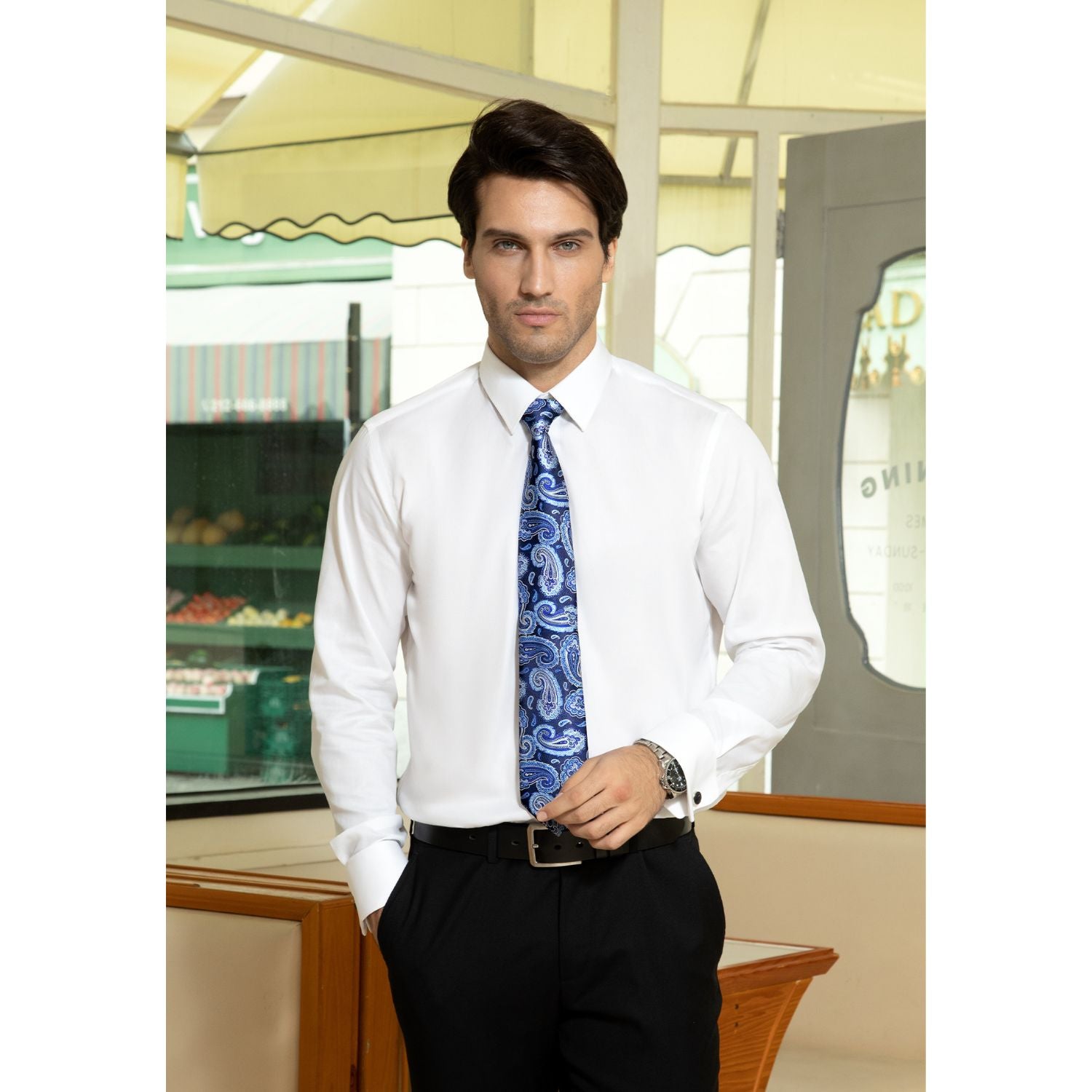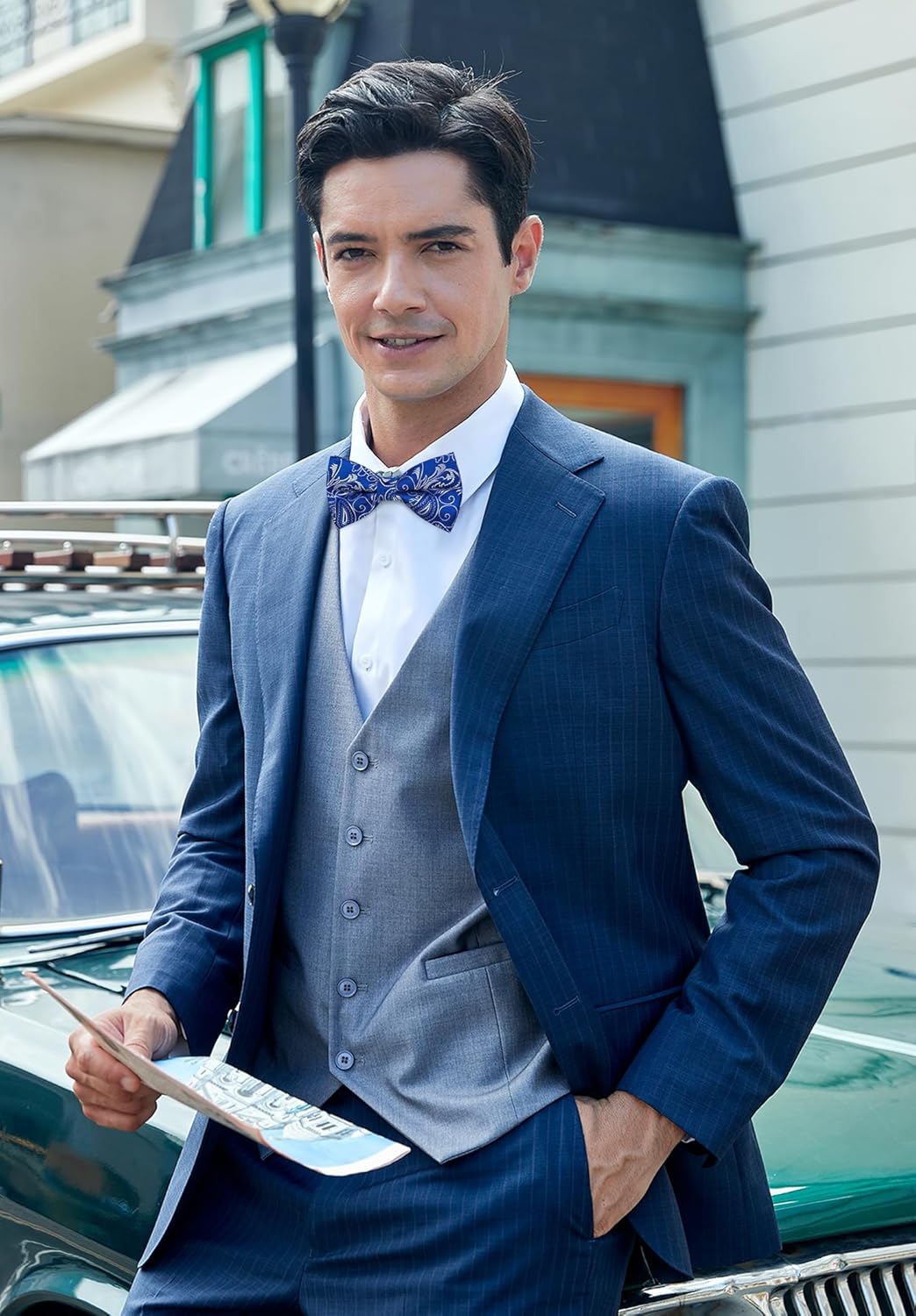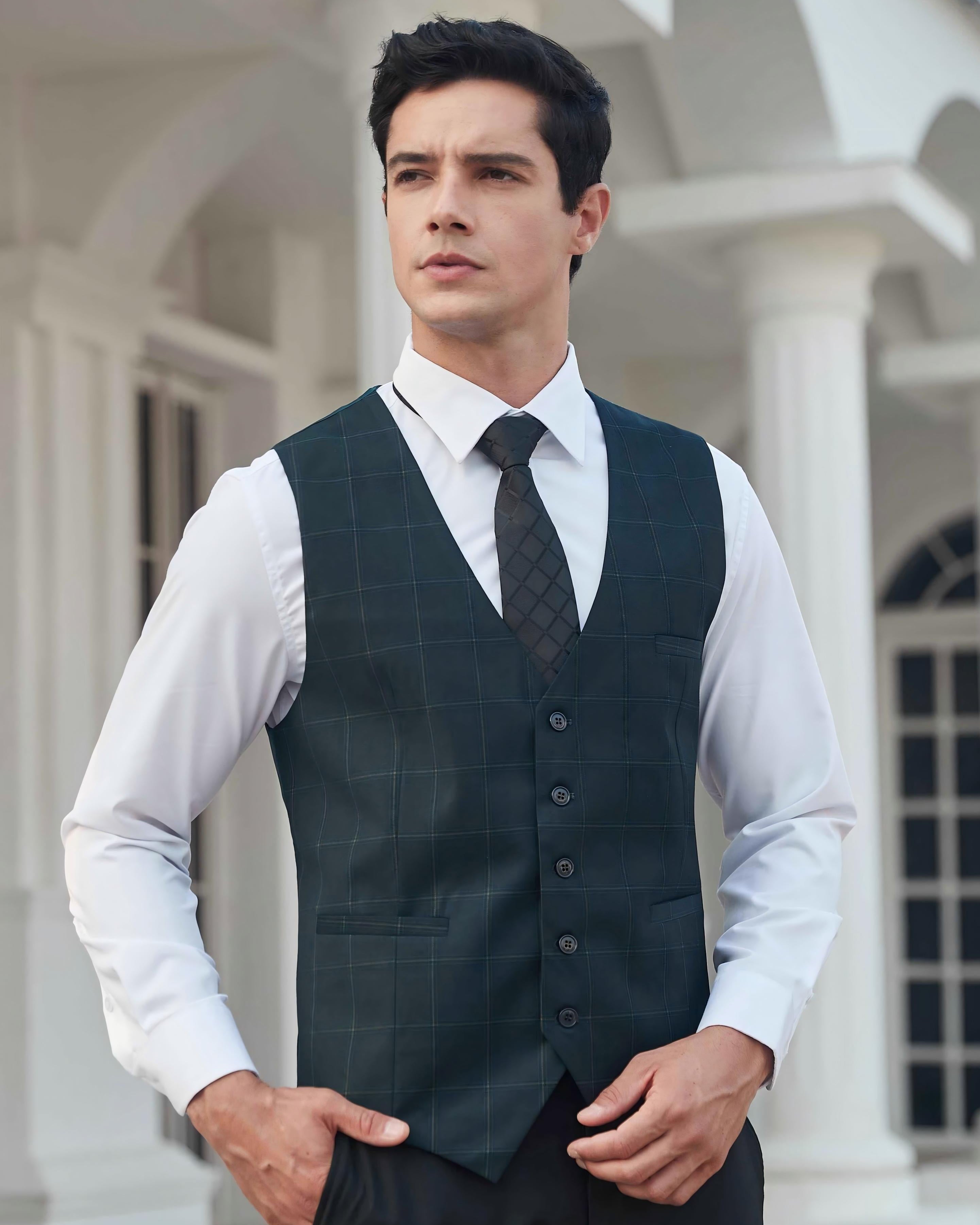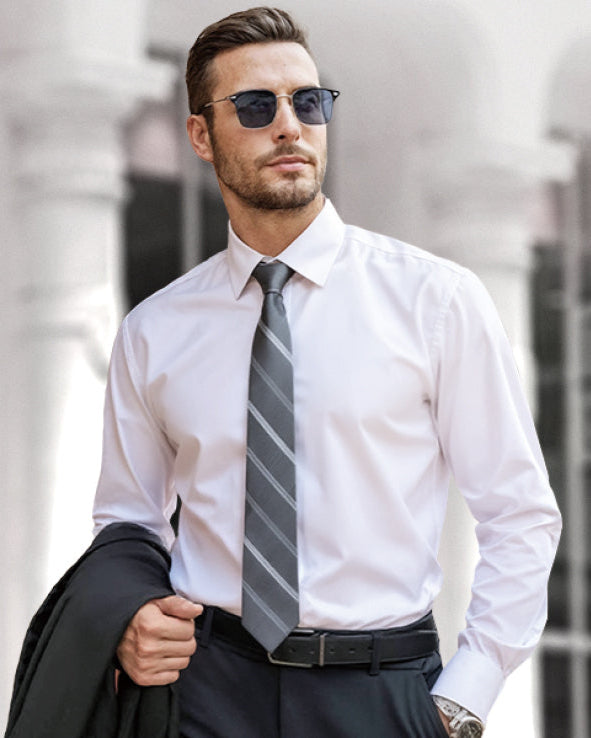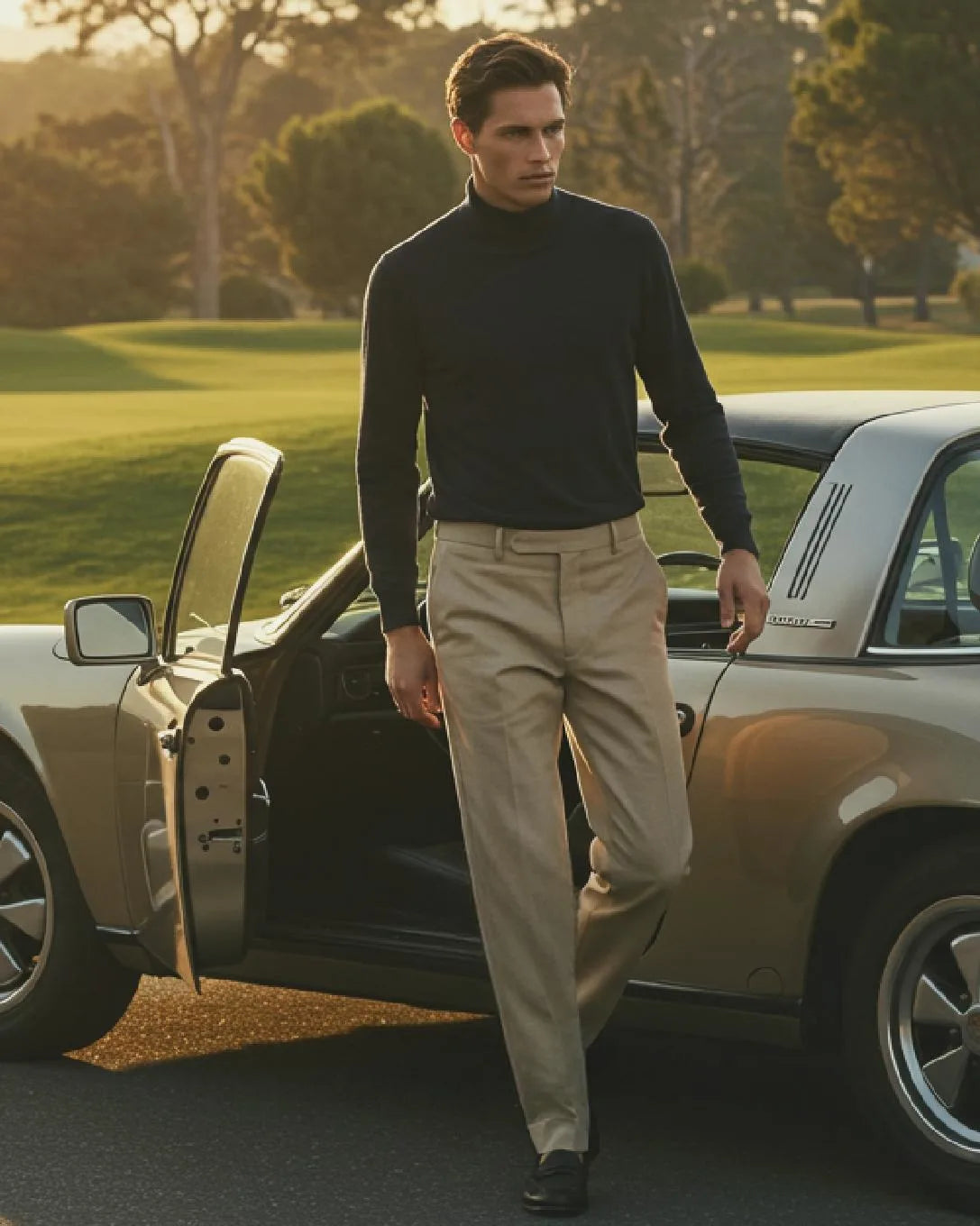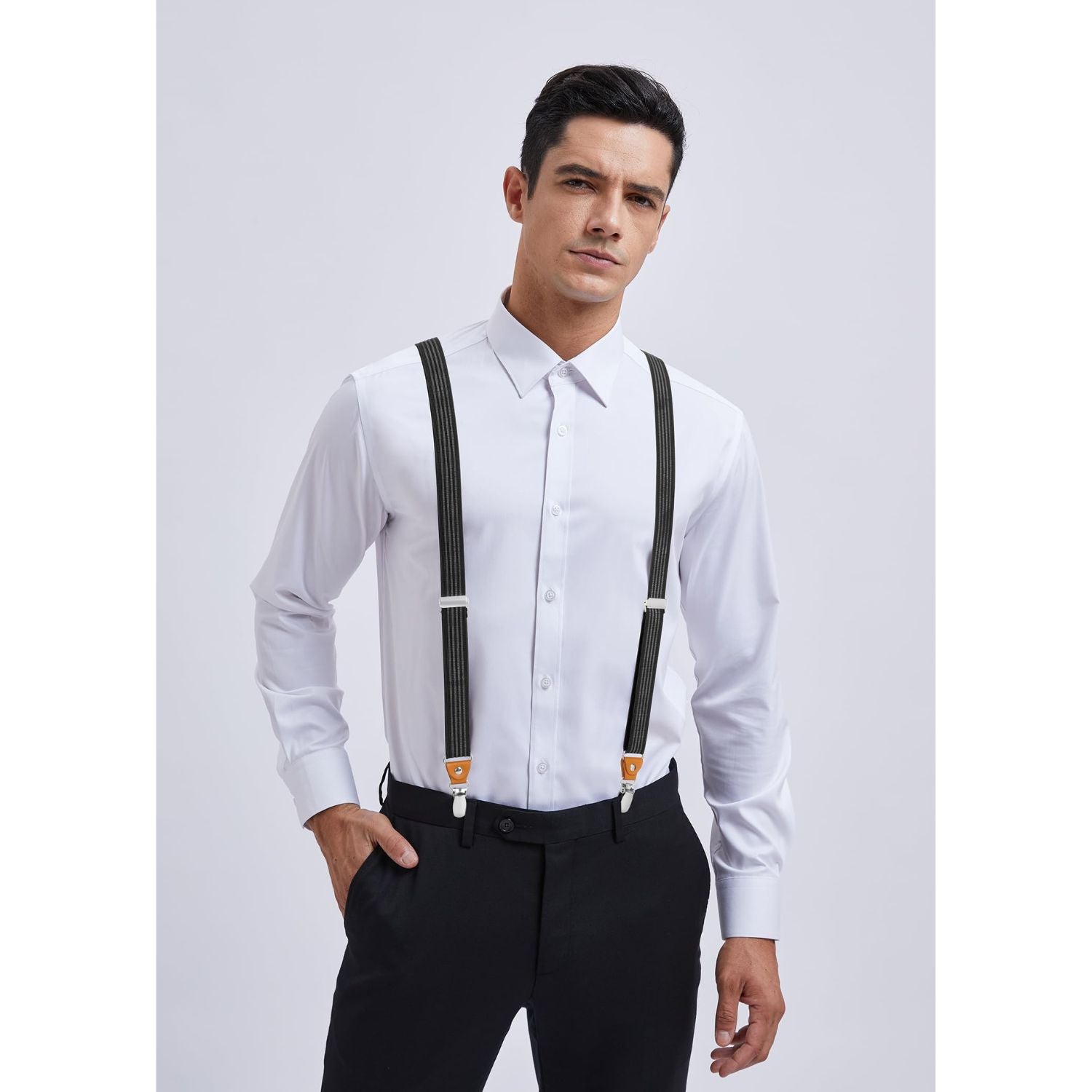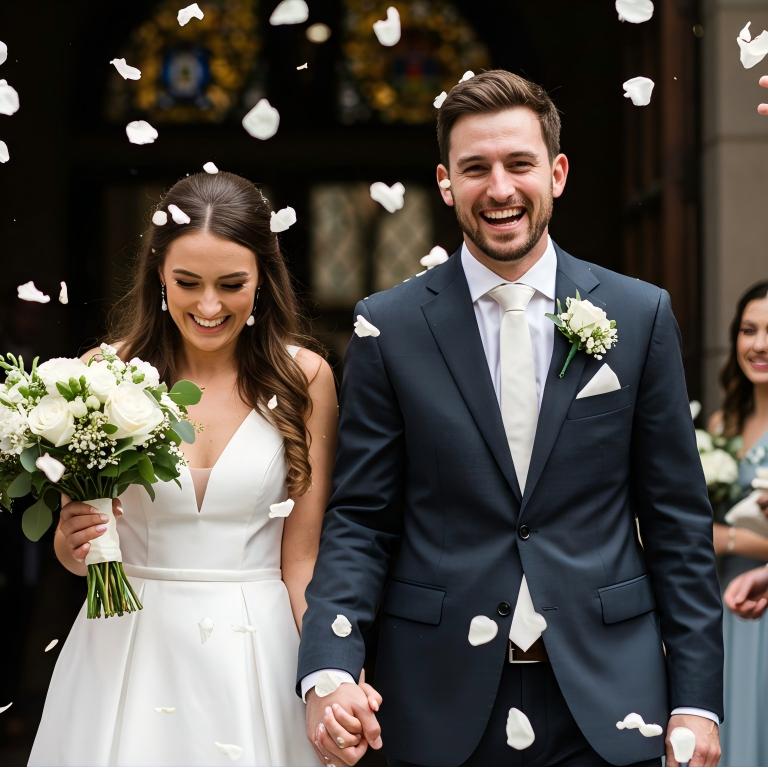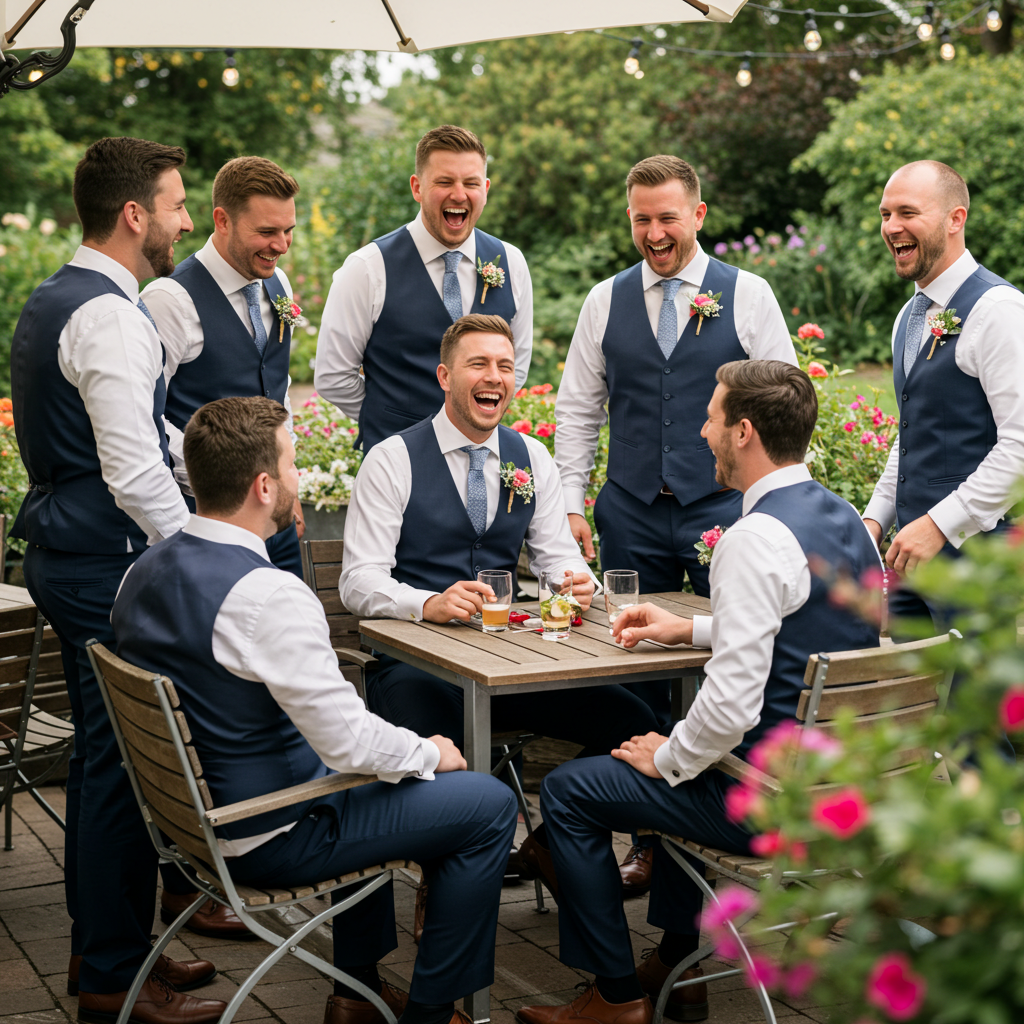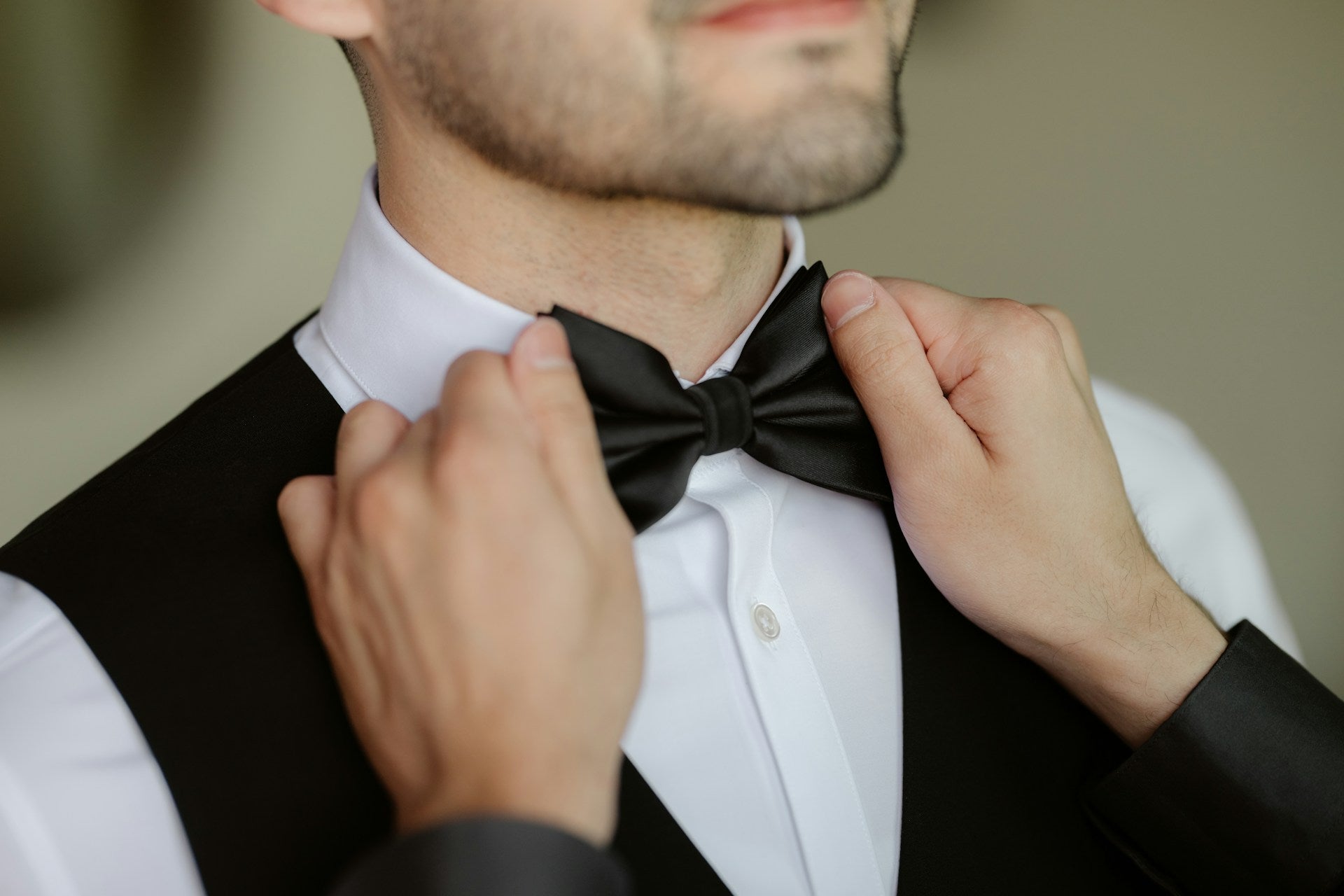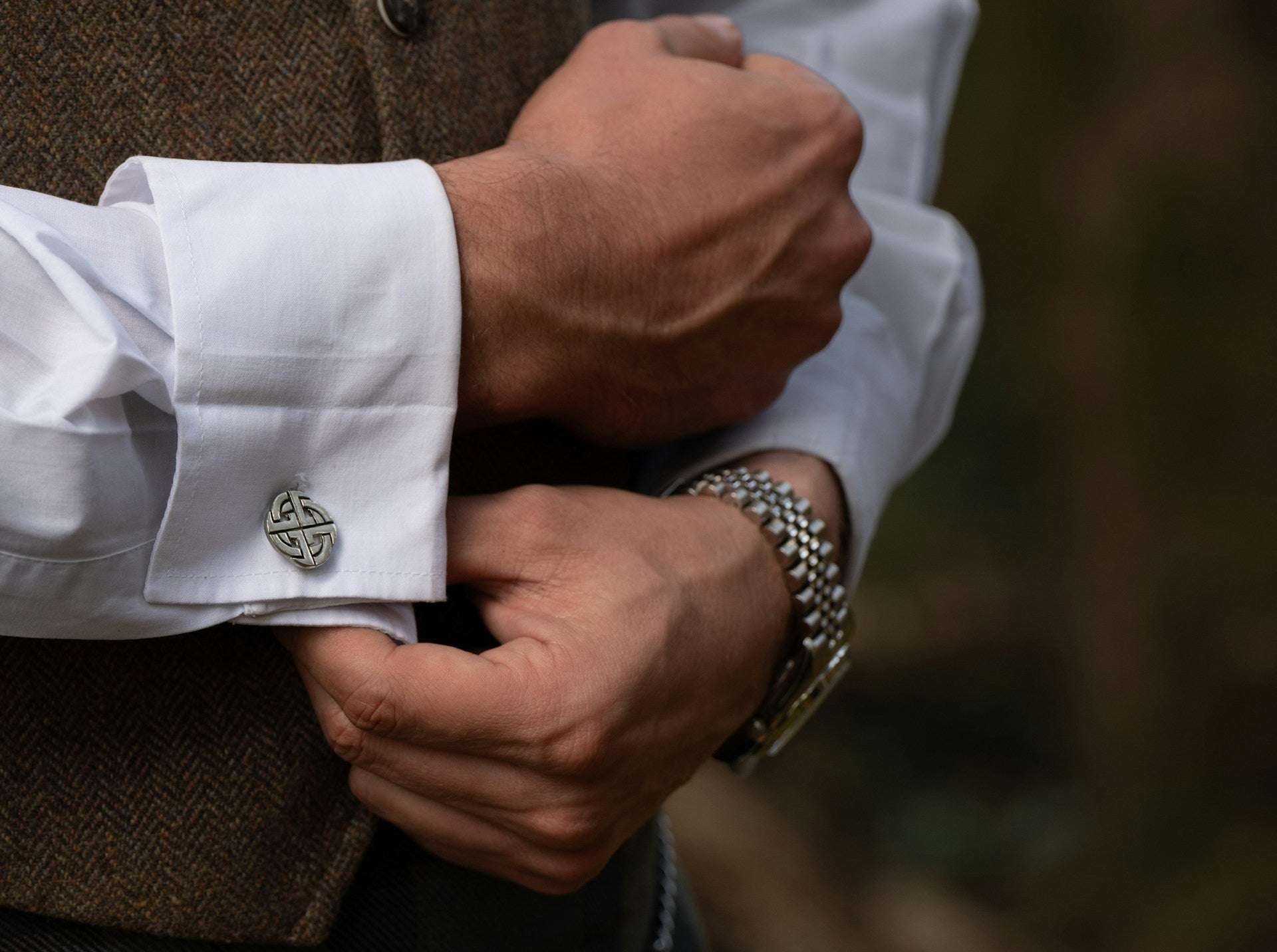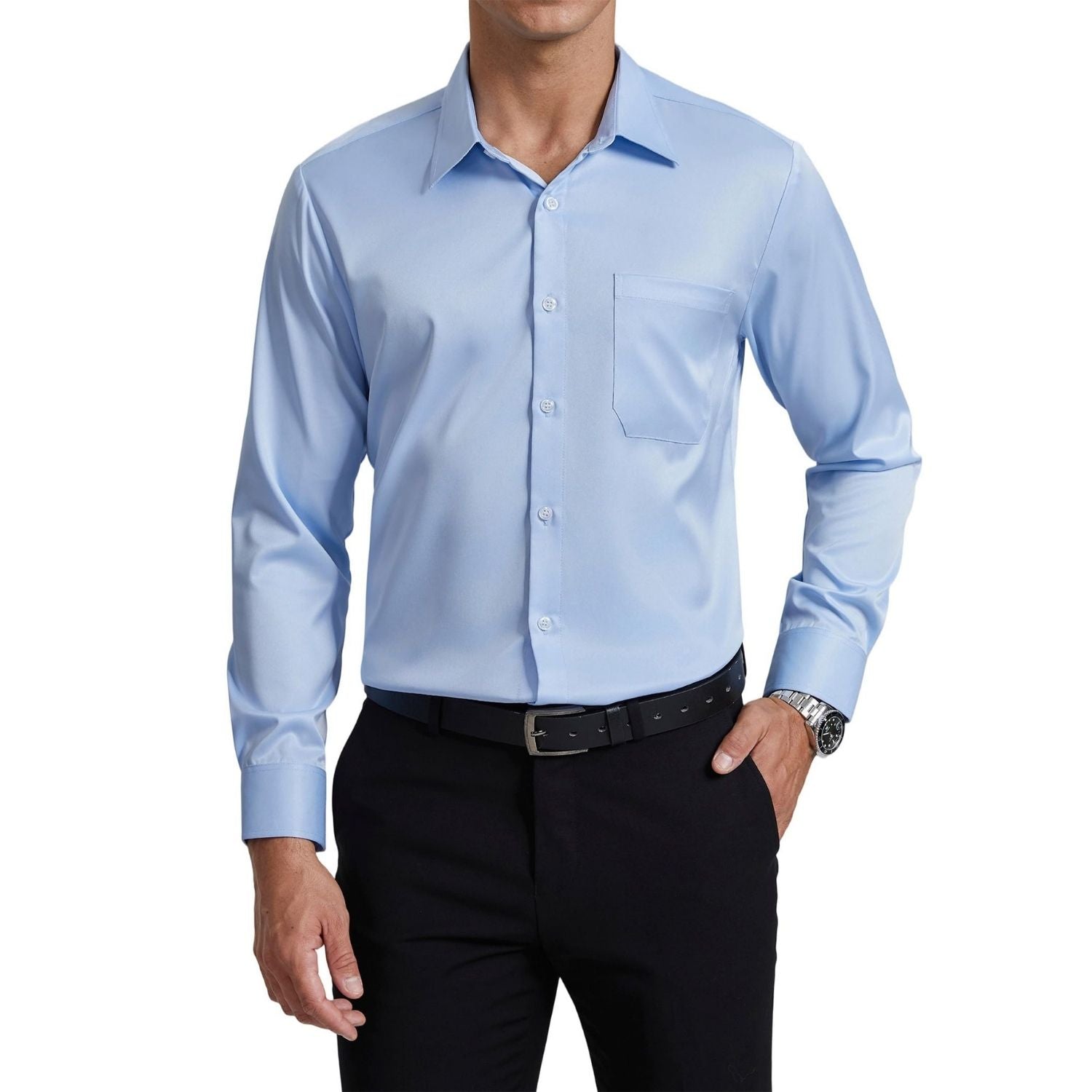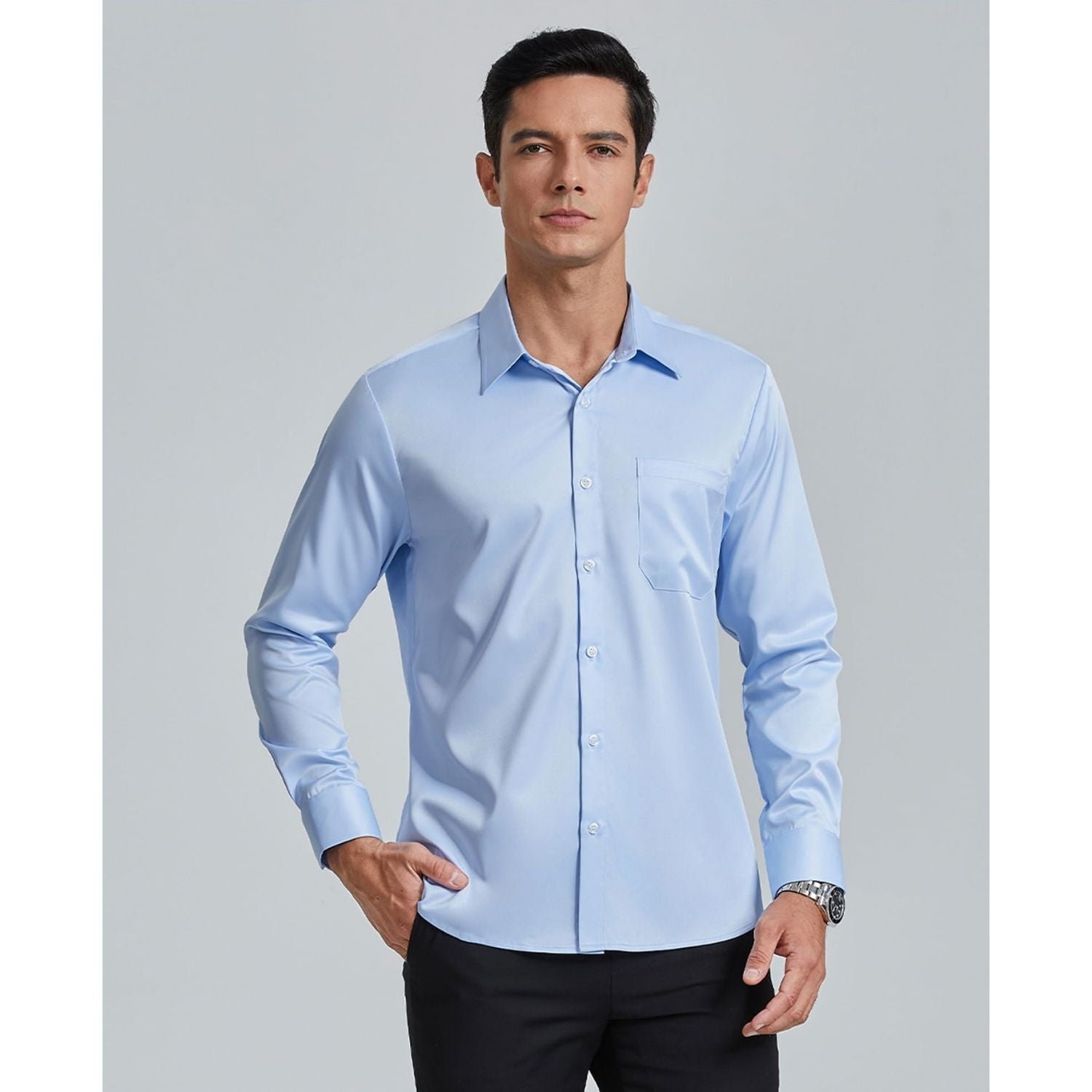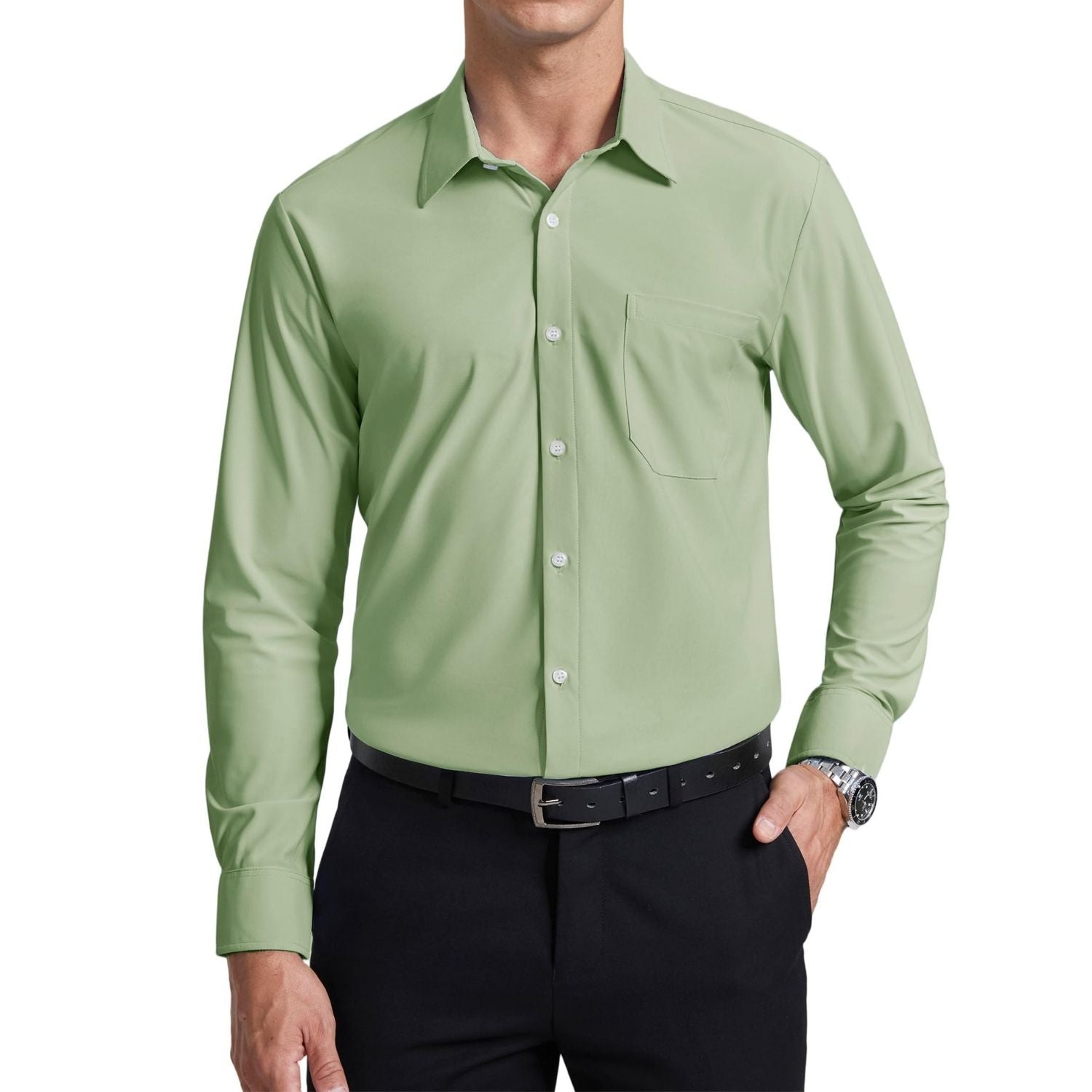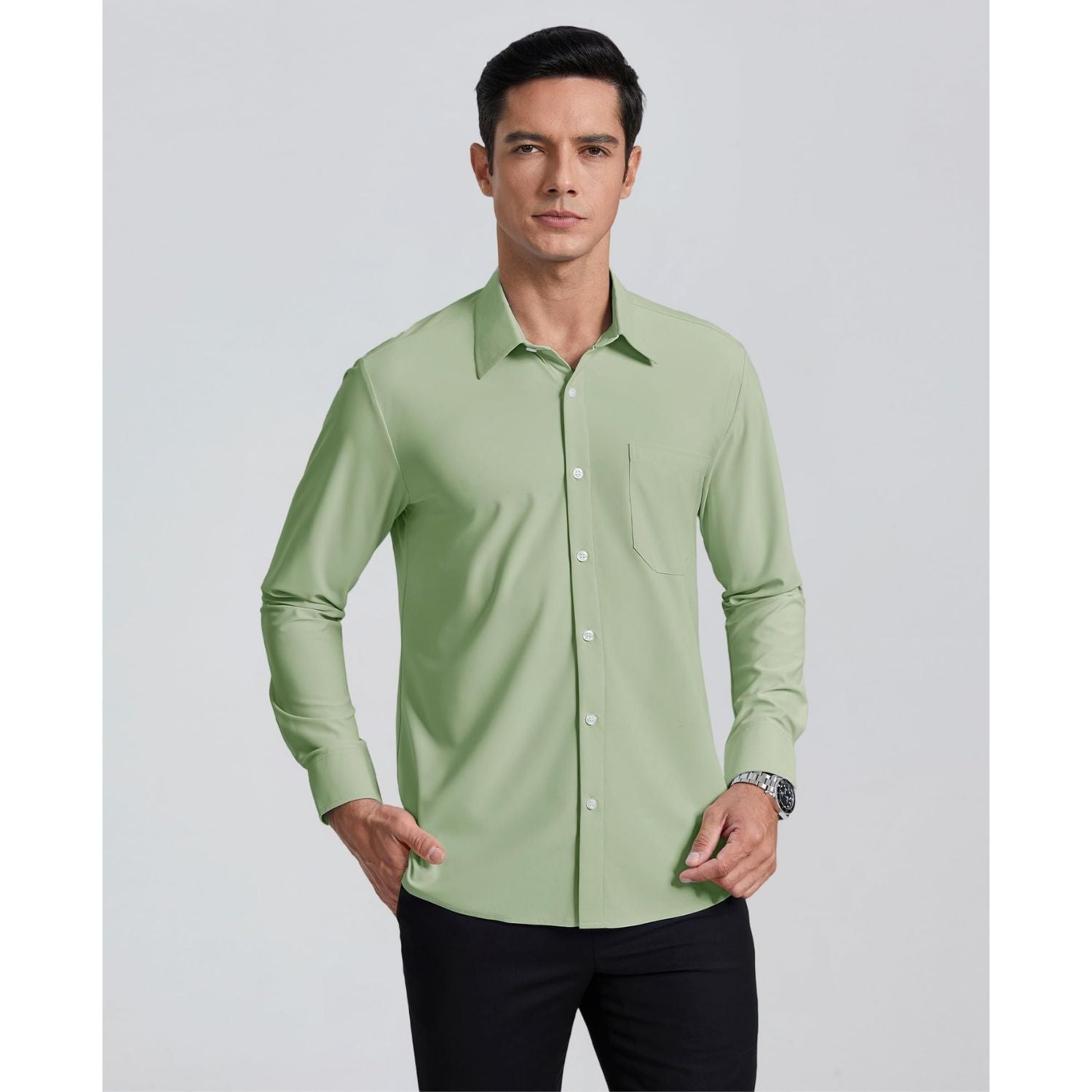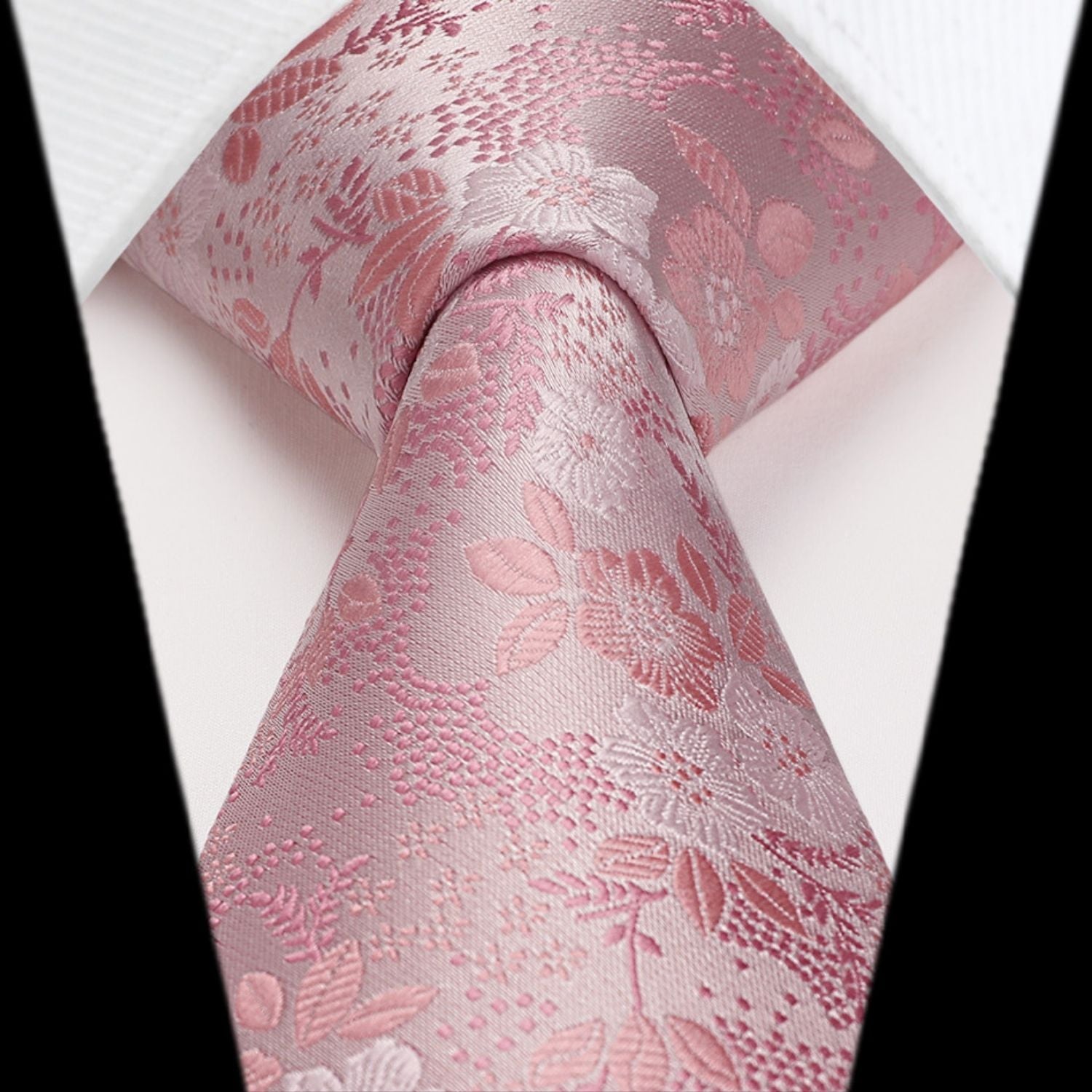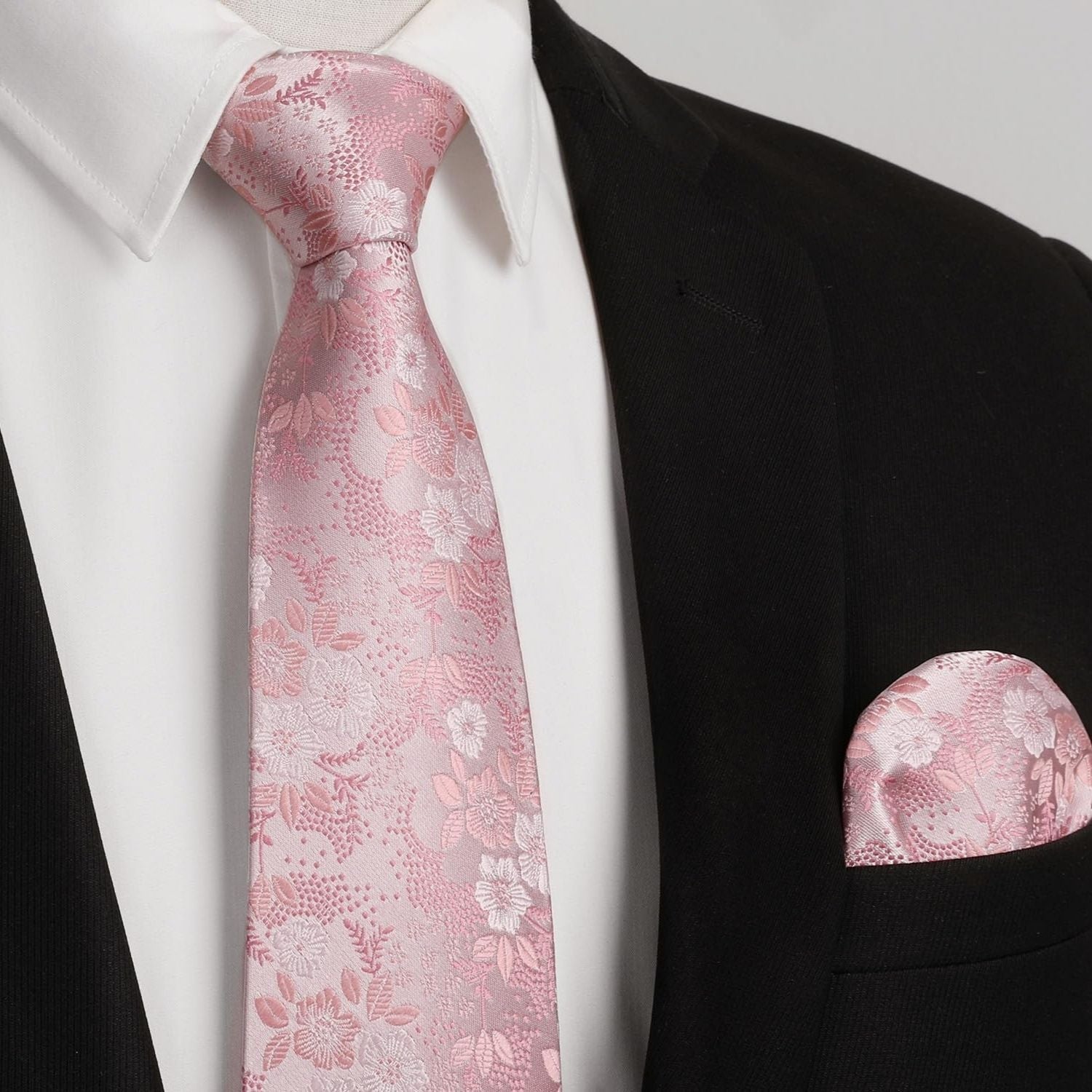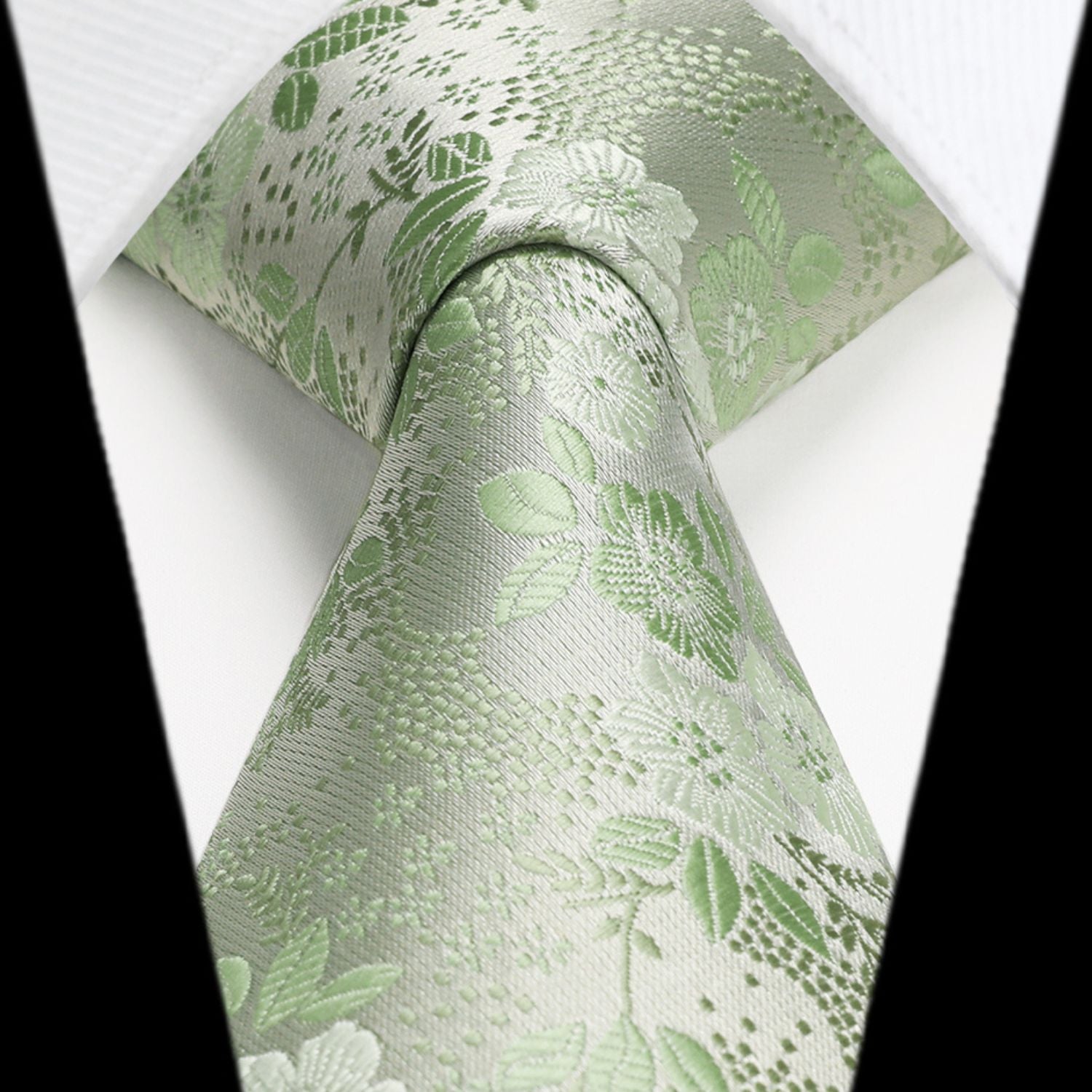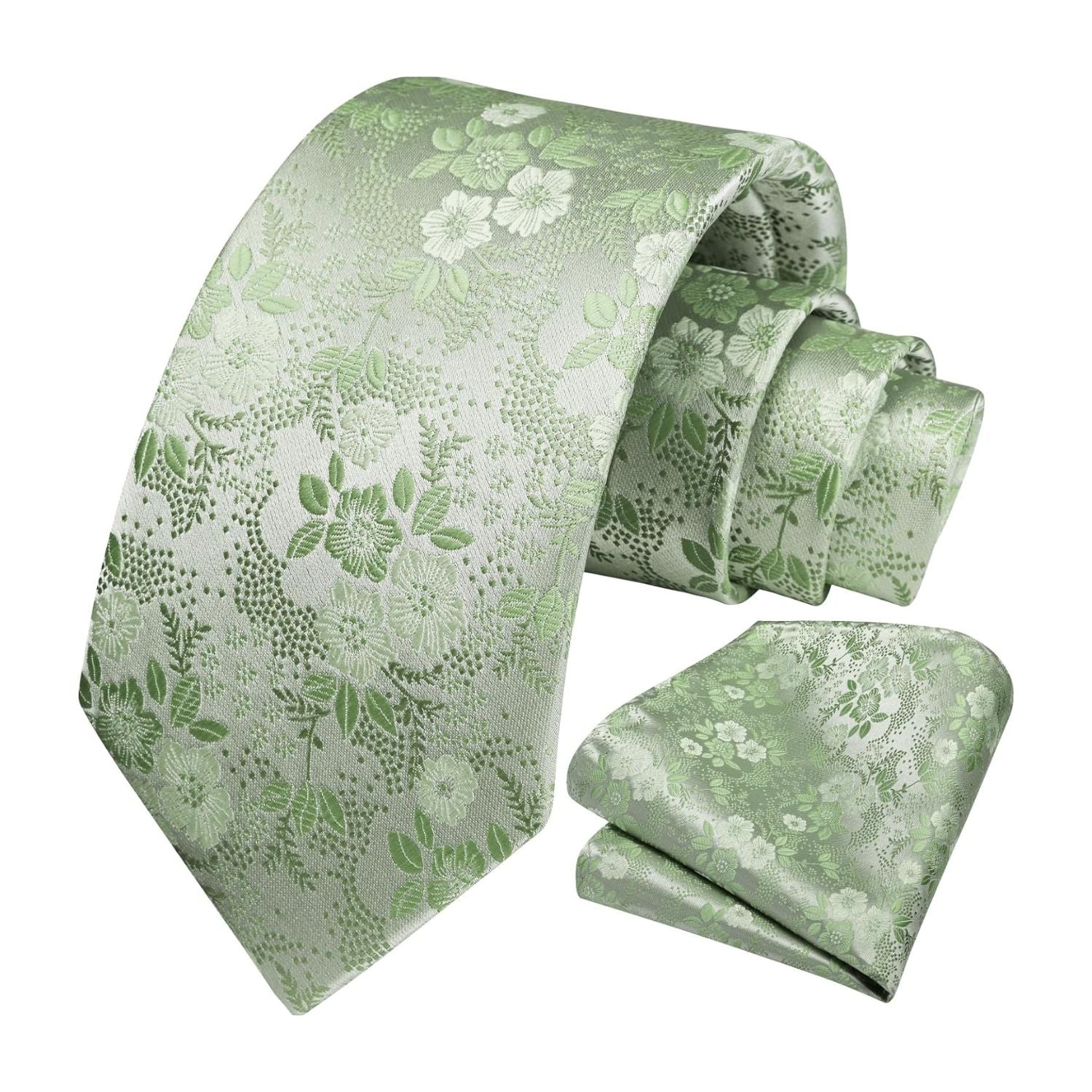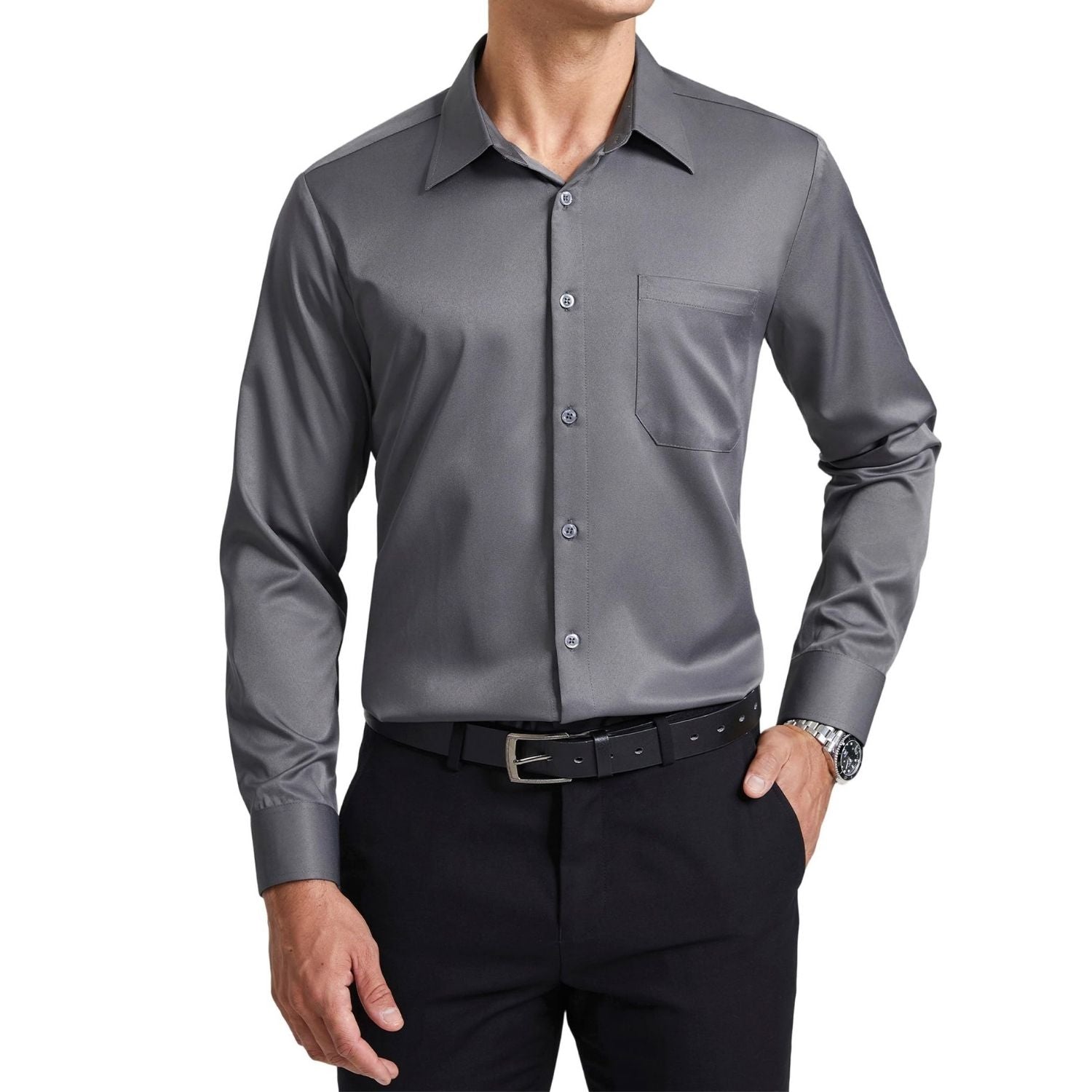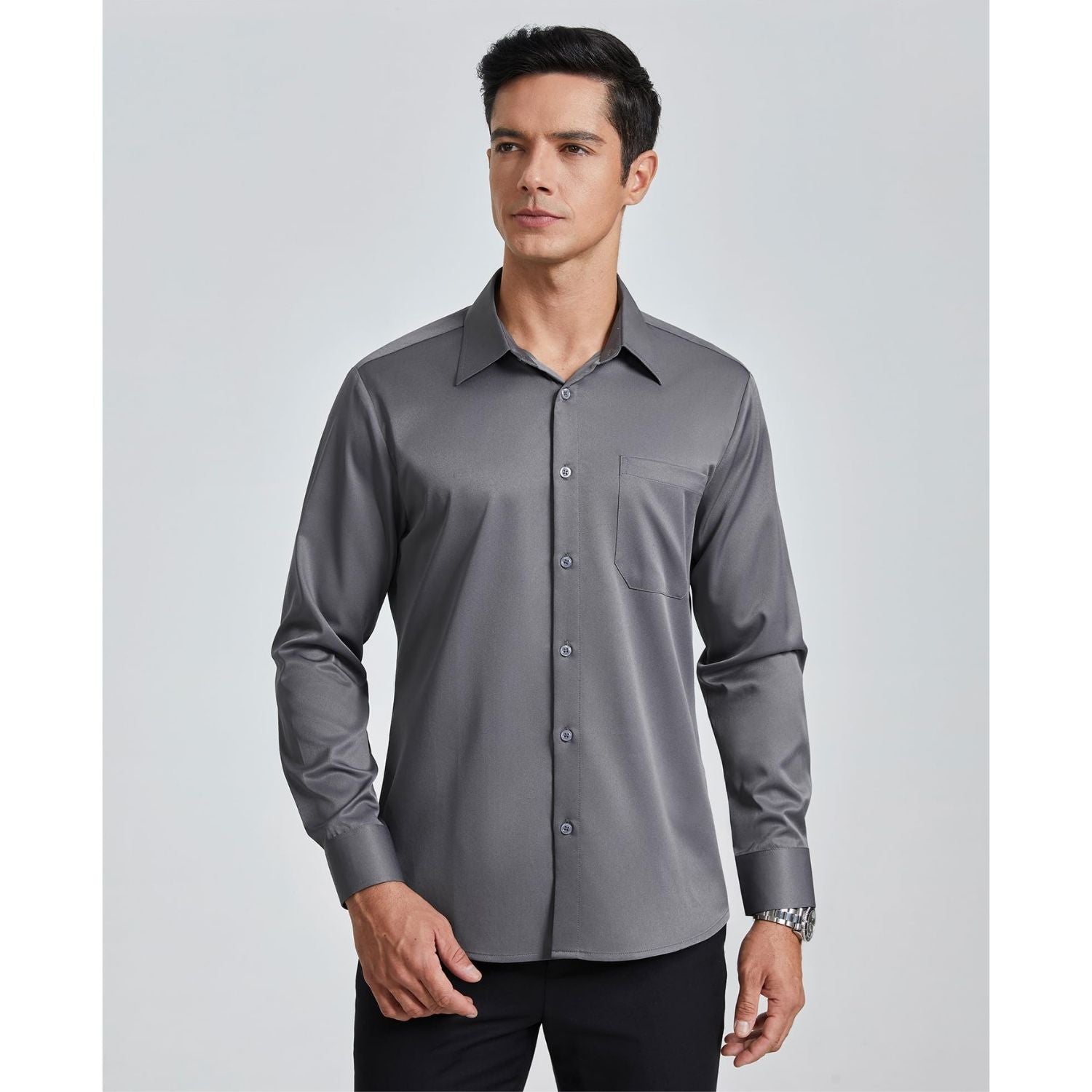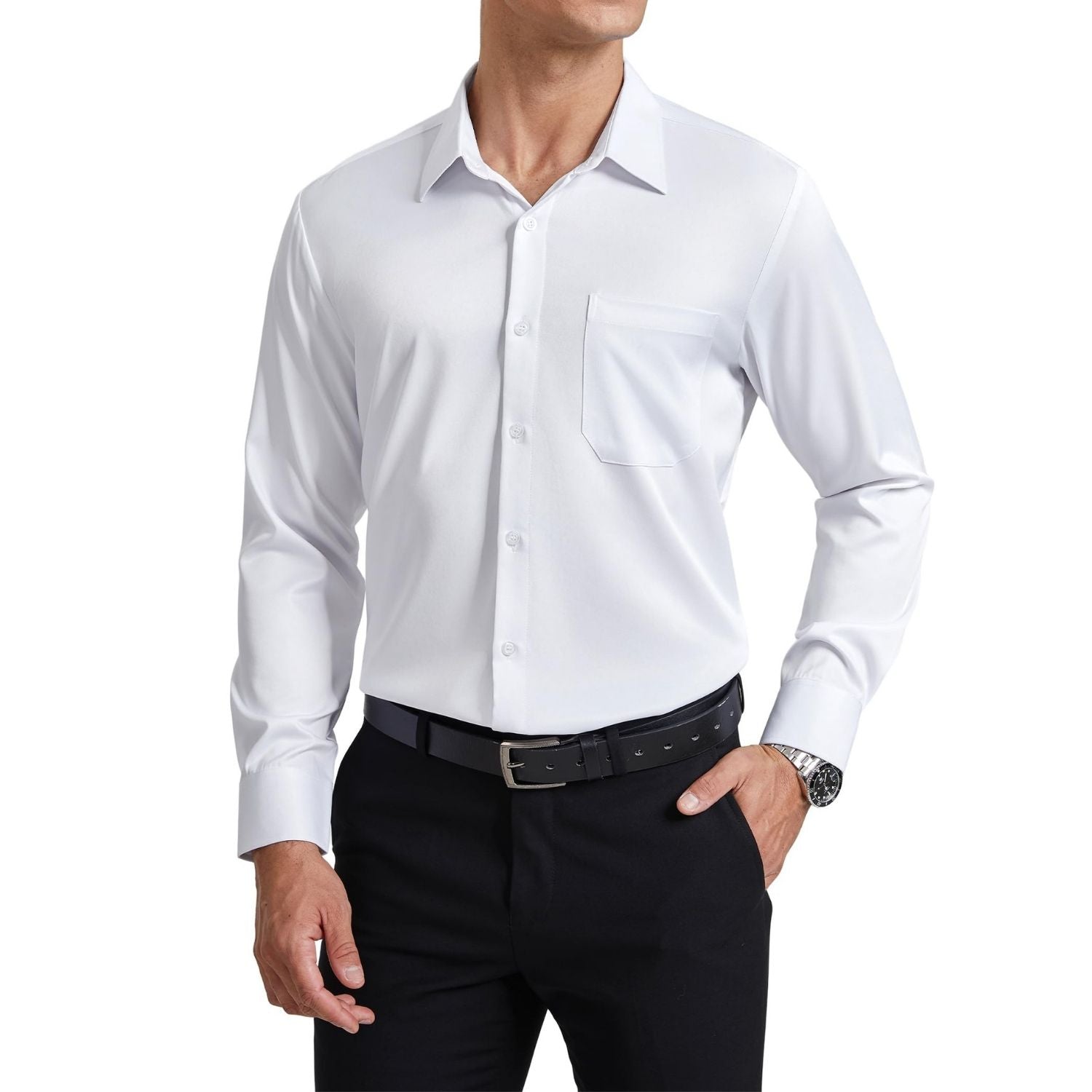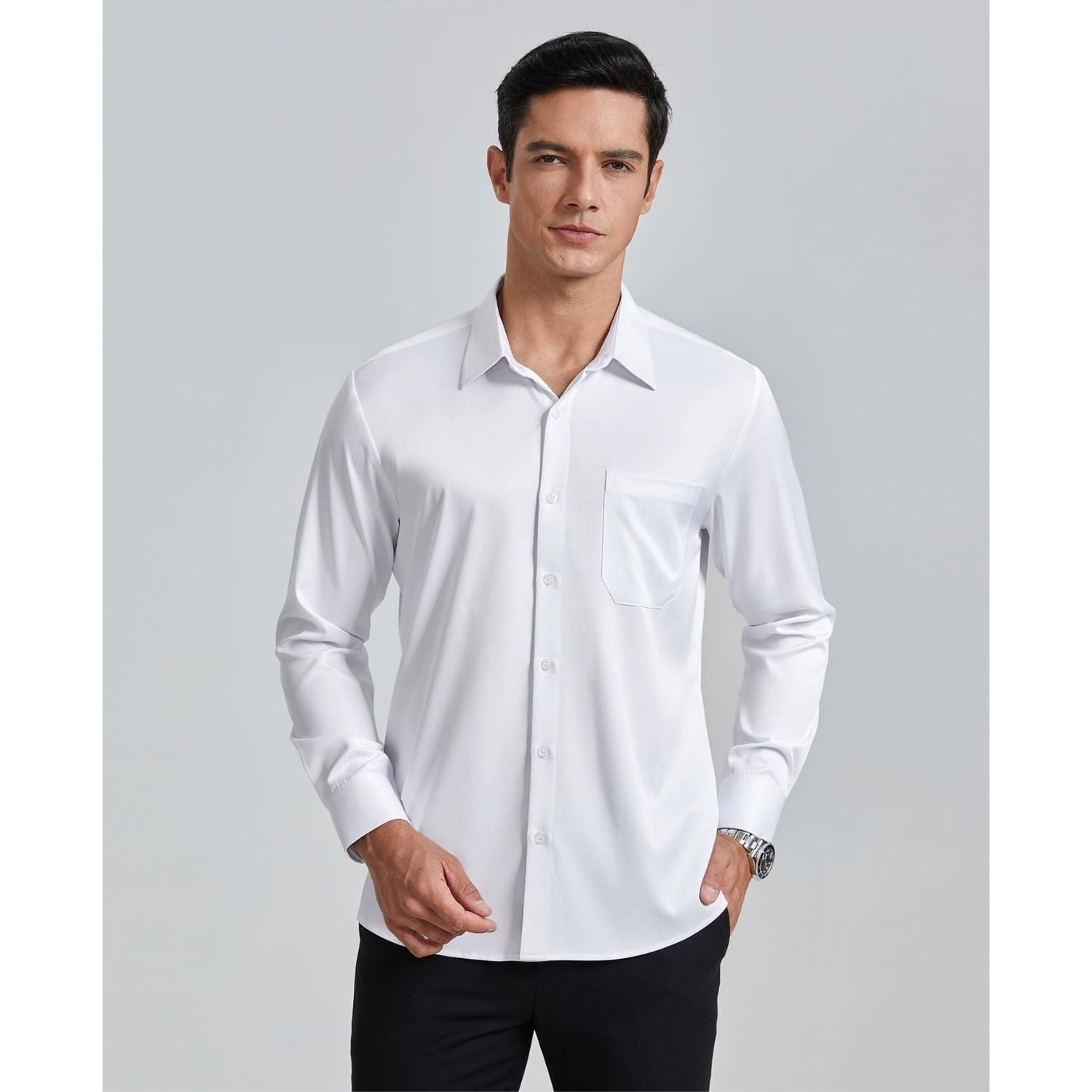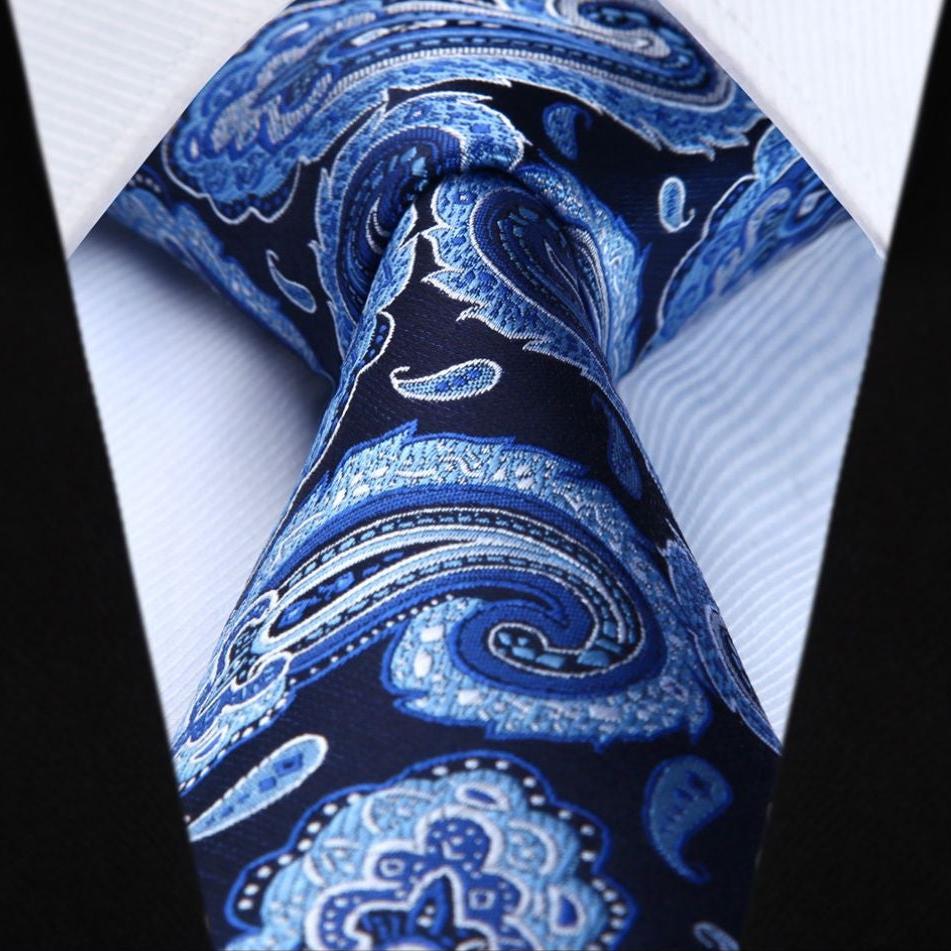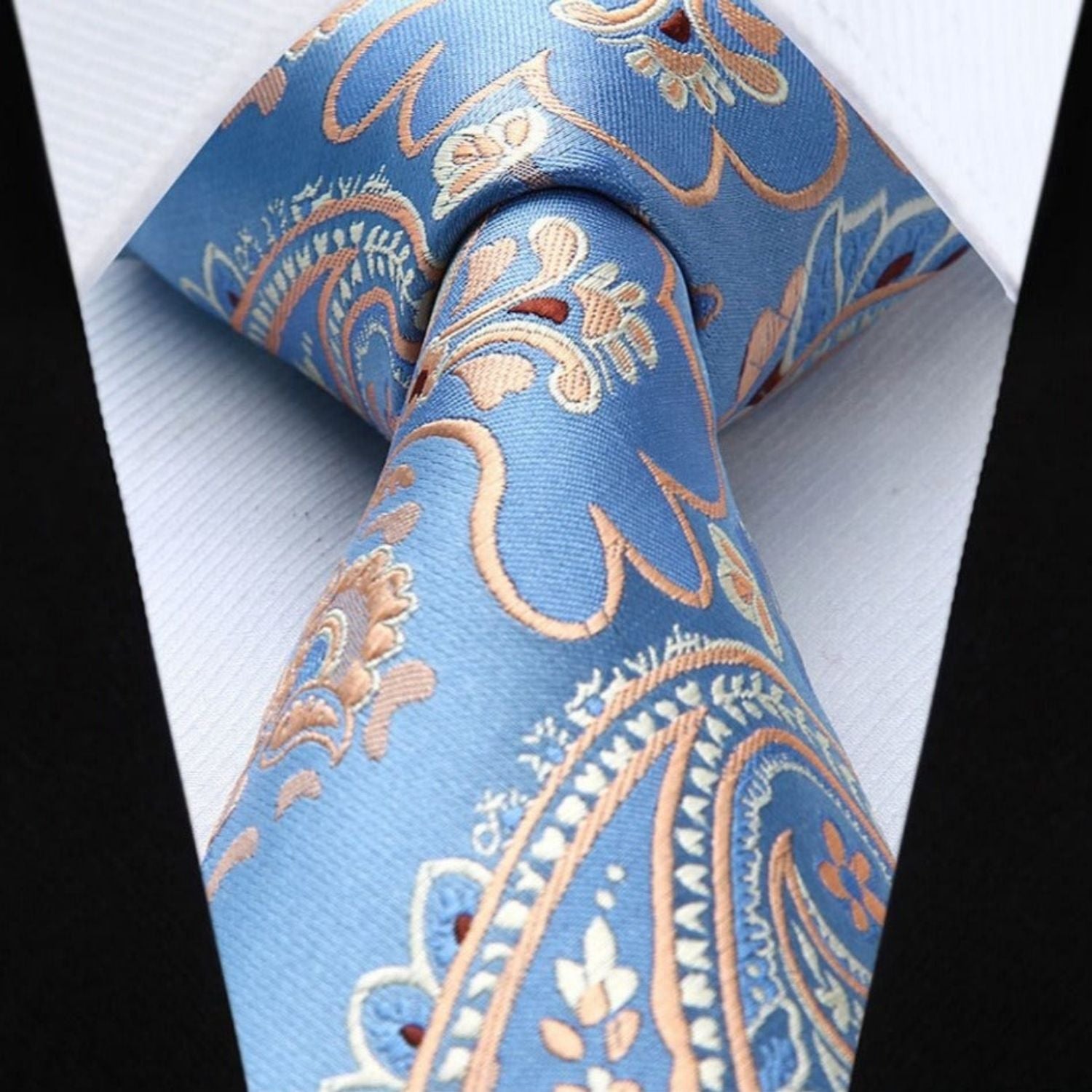Hats Off: How to Avoid Faux Pas with Modern Hat Etiquette
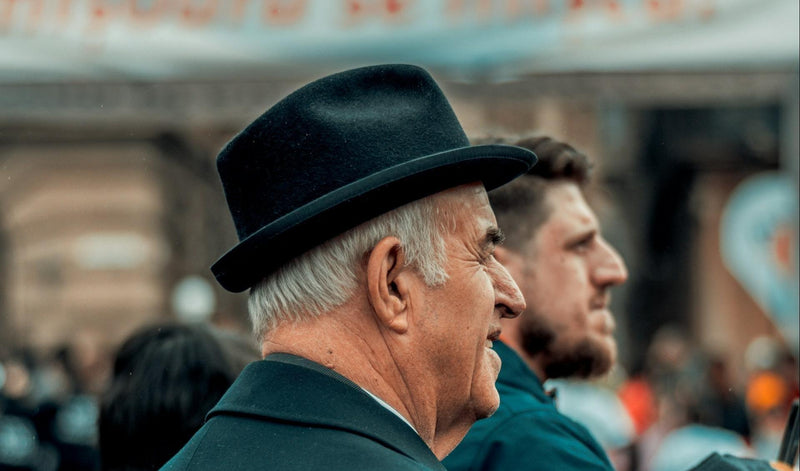
While hats are no longer an everyday accessory for most gentlemen, many still enjoy wearing them regularly. Some wear them exclusively for special occasions. So what about modern hat etiquette? Do the hat rules we see in old movies and period dramas apply today?
Let's take a look at the history of hats to learn when you should wear a hat (and when you shouldn't), how to style specific hats, and answer your questions about when it's best not to wear a hat.
A Brief History of Hats
We can assume that humans have been wearing hats for basically forever. Initially, hats were worn for warmth and protection. Later, they became a sign of identity and loyalty, such as in sports and the military.
In the context of modern gentlemen, the hats we think of include flat caps, Panama hats, top hats, and fedoras. Of course, there are many other hats that were once popular, such as bowler hats (known as "derbies" in the United States) and straw hats, but here we will focus on those that are still popular today.
Flat Caps
In the 16th century, the British Parliament required boys over the age of six to wear woolen flat caps on holy days.
Since then, a certain style of flat-brimmed hat has become a must-have item in men’s fashion. The simple and versatile design of the hat—a flat, rounded crown with a small, stiff brim—has long been a practical choice for men of all social classes who value tradition, functionality, and style.
How to Style a Flat Hat
Between the flat hat and all its handsome cousins – including the newsboy, ivy, skelly, gatsby, golf, chauffeur and higdon – there’s probably a similarly shaped hat that works for everyone!
The flat hat pairs well with a variety of looks, from casual to more styled, like with a sweater vest or tweed.
Panama Hat
The Panama hat, despite its name, originated in Ecuador. It dates back to the 17th century, but it wasn’t until the 19th century that it became popular among workers on the Panama Canal, earning it international recognition. Over time, the Panama hat became associated with both sophistication and casualness.
Panama Hat Style Guide
Lightweight and breathable, Panama hats have long been a must-have accessory for hot weather, pairing beautifully with fabrics like seersucker, linen, and madras. They are perfect for summer weddings, outdoor events, and casual vacation looks.
Top Hat
Originating in 18th-century England, the top hat is an iconic symbol of formal dress and sophistication.
The top hat’s towering cylindrical shape and stiff structure made it stand out from other headwear of the time, becoming a status symbol revered by the nobility and upper class. It was the standard formal wear for daytime and evening occasions in the 19th century, but as fashion evolved, it gradually faded out of people’s daily life.
Top hat outfitting tips
Today, top hats are reserved for special occasions that require a white tie dress code, such as weddings, horse races, and ceremonies. A white tie look should also be paired with other white accessories, such as a white bow tie, white pocket square, and even white gloves.
The Fedora
Originally worn by women, the fedora was popularized by the heroine in Victorien Sardou's play Fédora. The hat rose in popularity in the 1920s and 1930s, primarily favored by Hollywood male stars, politicians, and gangsters.
Its wide brim and pleated crown combine practicality and fashion, providing protection from the elements while creating a unique look.
A Guide to Wearing a Fedora Hat
Perhaps a more appropriate question is, what can’t you wear with a fedora?
Fedoras and similar hats such as fedoras, homburgs, borsalinos, pork pie hats, and havanas are unisex choices. These hats reflect personal style and taste, can be dressed up or down, and any color is acceptable.
Rules for When to Wear or Not to Wear a Hat
Modern hat etiquette is much more relaxed than in the past, but the rules still exist. Today, hat wearers are expected to respect social norms and display their personal style sensibly and considerately in a variety of settings. Let’s look at some widely accepted etiquette rules and answer some common etiquette questions.
Hat Wearing Dos:
When deciding whether it's appropriate to wear a hat, consider the occasion and location. If in doubt, contact the event organizer or venue to ask if a hat is appropriate. In general, men should feel comfortable wearing hats in the following situations:
- Outdoors
- Sporting events
- Indoor public places, such as post offices, airports, building lobbies, elevators,
- hallways
- On public transportation
- If the organizer has indicated that hats are acceptable
Hat Wearing Don’ts:
Men should remove their hats in many other situations, some of which feel outdated. People who wear hats tend to have their own set of etiquette - usually a blend of social expectations and their parents!
- When entering private indoor spaces, such as homes, restaurants, schools, churches
- When eating
- When the national anthem and the oath of allegiance are played
- When the American flag flies, such as in parades
- When introducing yourself
- When performing indoors
Top 10 Questions About Hat Etiquette
-
Why is it disrespectful to wear hats indoors?
It’s said that the answer to this question harkens back to medieval times when knights removed their helmets in order to identify themselves as friend rather than foe. If such a show of kinship and respect has remained intact this long, chances are favorable that it will continue into the next generation!
Additionally, removing one's hat indoors allows for clear and unobstructed communication, demonstrating attentiveness and courtesy. In some cases, hats worn outdoors can accumulate dirt, sweat, or other contaminants. Removing them indoors helps maintain cleanliness and hygiene.
-
Can ladies wear hats indoors?
Yes! In fact, hat etiquette for ladies is quite different. Many of the don’ts listed above are not applicable to women – unless their hat is obstructing the view of others.
-
Can you wear a hat in court?
You are expected to remove your hat in court as a sign of respect to the higher authorities in the room, most specifically the judge. Not removing your hat when asked to do so can be considered contempt of court. (Can you wear a hat to jury duty? Definitely not.)
As an aside – you may not be held accountable if you wear a hat in a government building, but convention says you should remove it on entry.
-
Can you wear a hat in church?
Men are expected to remove their hats on entering a house of worship, and especially during prayer. Women are exempt from this rule.
-
Can you wear a hat to a wedding?
It’s common for men to sport hats to spring and summer weddings, and to wear a top hat for white tie events. At those most formal events, the gentleman must remove his hat. At a less formal wedding – especially an outdoor affair – it may be acceptable to wear the hat throughout the program.
-
Can you wear a hat to a funeral?
A dark colored hat is appropriate for a funeral - even fitting. The same general indoor rule applies, particularly while in a house of worship, for the wake or other funeral ceremonies.
-
Can you wear a hat on a plane?
Yes, wearing a hat on public transportation is fine. In fact, many people choose to wear their hat rather than take a gamble on stowing it overhead or in a bag and risk damage.
-
Can you wear a hat for business casual?
Hats are not generally worn in a place of business – but if you are one to accessorize with a bow tie, a bold sock, or a pair of statement cufflinks, go for it! As long as you’re not breaking the office dress code, express yourself!
-
Is it rude to wear a hat in a restaurant?
No surprise here: it is considered rude for a gentleman to wear a hat in a restaurant. If you’re seated outside (and it's sunny or hot) or the establishment is informal and hat wearing indoors is the norm, there’s no need to remove it.
-
Do men still tip their hats?
Not anymore. Years ago, men tipped their hats to show respect, communicate a salutation like “Hello!”, “Goodbye!”, and “How do you do?”, and extend a courtesy such as “Thank you!” and “Excuse me!”. If the man took his hat off completely, he intended to stop and talk to the man or woman he encountered.
This symbolism is also reflected in the meaning of “hats off.” If someone says “Hats off to you!”, they are expressing a compliment or admiration. (There are many other hat-related idioms, but that’s for another article!)
Do you have a favorite hat, or a cool outfit that pairs well with a pretty hat? Share it with us! Follow us on Instagram and Facebook—hashtag #Hisdern!

